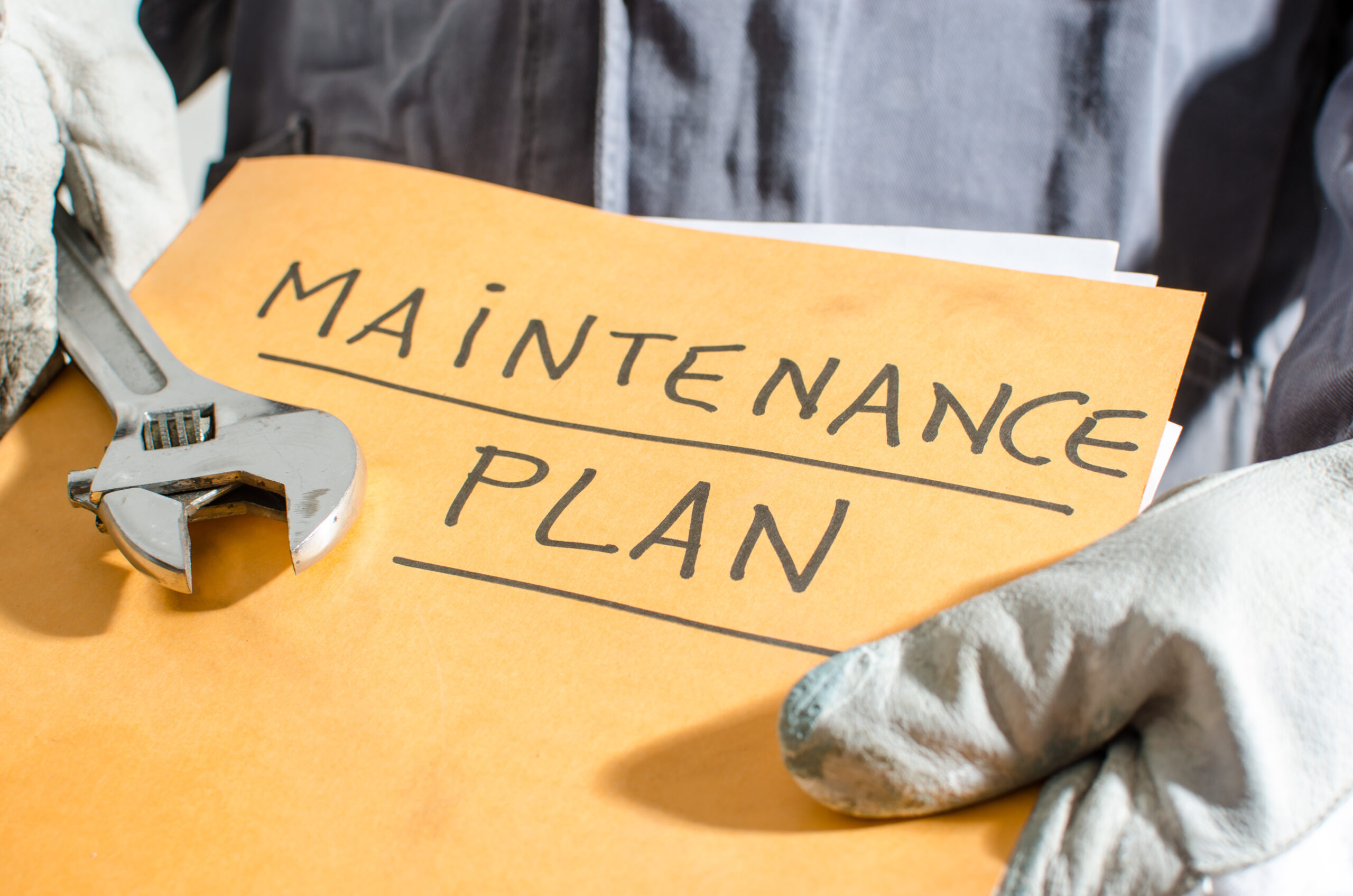Preventative maintenance is the regular activity performed on a piece of equipment to lessen the likelihood of it failing. Logic dictates that the probability of a failure is dependent on how well something is designed and constructed in combination with the frequency of use in a given environment. However, there is no preventative maintenance required on a Boehringer Suction Regulator. As long as you don’t suction bodily fluids through it, you can count on the regulator functioning until you retire.
Your car is an easy example of what preventative maintenance entails. Even though modern cars have much less maintenance by design, there are still items that get serviced in advance of failure; this is your preventative maintenance. Examples include: changing the oil at regular intervals so that it can continue to provide lubrication and replacing the timing chain at 100k miles to prevent catastrophic failure. If you ignore preventative maintenance, the likelihood of failure increases dramatically.
In the world of clinical suction, design and materials are of paramount importance. If you were to open an older service manual from one of our competitors, you would see they typically recommend replacing all the elastomeric (i.e., rubber) components every 24 months. Rubber breaks down over time, and the integrity of the plastic housing and the ability to turn suction on is related to how well these rubber parts seal. These same companies will sell you ‘rebuild kits’ in quantities of a dozen. Can you imagine the work involved in servicing 1000 suction regulators on a 24-month interval? That is over 40 a month! Curiously, and without changing the overall design, these requirements disappeared from the service manuals (but they are still happy to sell you rebuild kits).
Materials selected should be more than adequate for their intended environment, with a design that utilizes these materials most effectively. The ultimate goal is to lessen the likelihood of failure and thus lessen the need for preventative maintenance. For example, vacuum regulators constructed from aircraft-grade aluminum, stainless steel, and engineered polymers with simple flow patterns are much less likely to need any form of preventative maintenance. One of the Boehringer design hallmarks is a control valve that does not rely on rubber seals. Instead, precision, diamond honed parts are mated to exacting tolerances, so they form a seal without the need for O-rings.
To cite an example, let’s look at the world of construction. A home constructed 25 years ago had a high-end kitchen faucet made of stainless steel, by far one of the more expensive faucets available at the time. For the construction company to reduce costs elsewhere, they installed less expensive plastic faucets in the bathrooms. As the 25 years passed, the plastic ones were replaced twice due to cracks in the material and leaky valves, even though usage was exponentially less than the kitchen faucet. Finally, after 20 years, the kitchen faucet was replaced due to a remodel, having nothing to do with how well the faucet worked. It still worked fine. Spoiler alert: one of the owners was okay with reusing the original tap.
The clinical environment is significantly more important than a home faucet since patient care is at stake. This equipment must work when called upon in emergencies and needs to deliver the suction level indicated for a myriad of clinical uses. An optimally designed vacuum regulator should only need maintenance following the inadvertent aspiration of foreign materials.
Materials and design matter, and the initial investment in quality always pays off in the long run. If you invest in suction regulators, buy one made of metal, and don’t worry about purchasing rebuild kits (we don’t sell them).
Back to Blog


